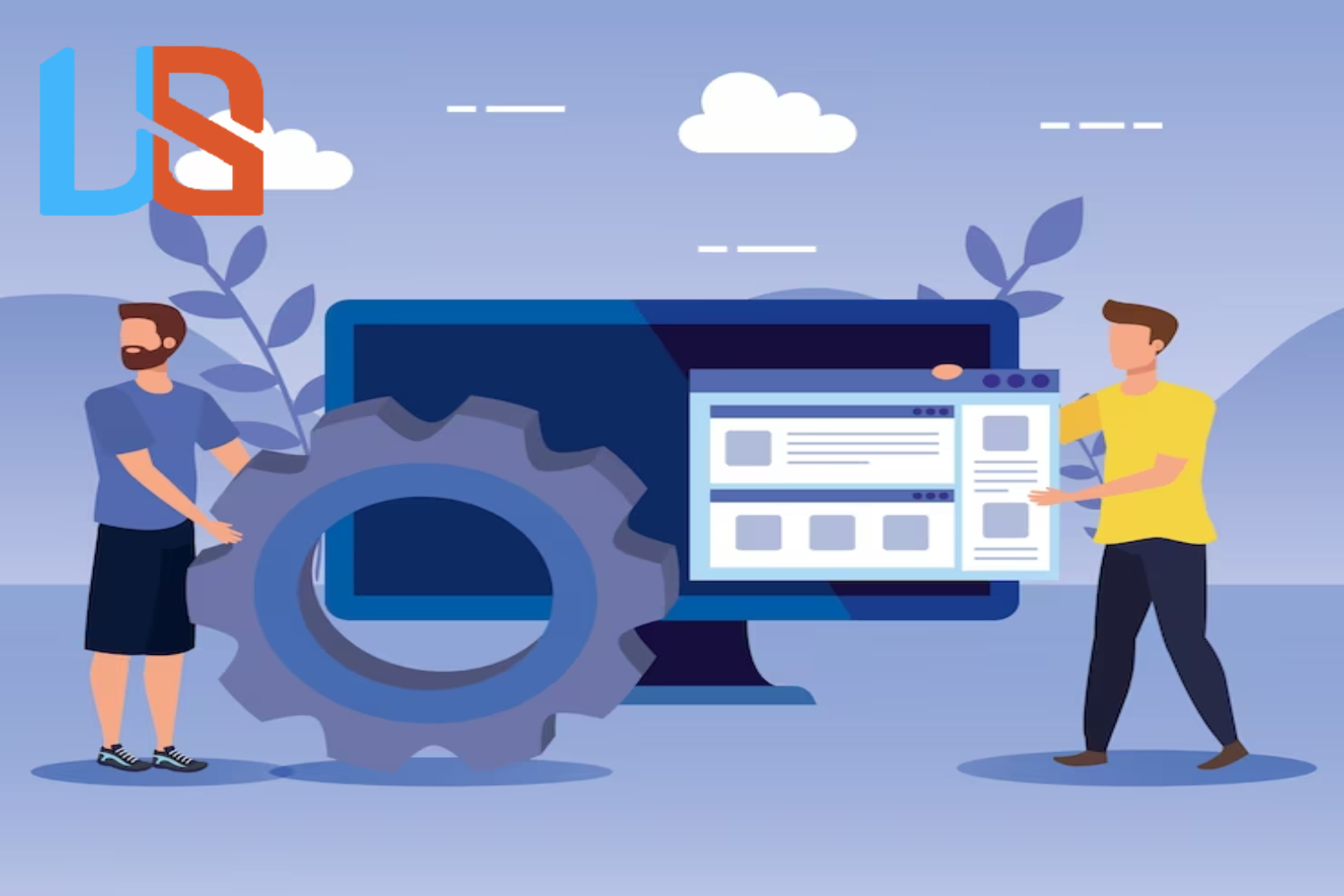
Introduction
WebAssembly (Wasm) is a groundbreaking technology that empowers web developers to build high-performance applications in languages other than JavaScript. It allows developers to run code at near-native speeds directly in web browsers, unlocking new possibilities for web application development. WebAssembly frameworks further enhance the development process by providing tools, libraries, and abstractions that streamline Wasm adoption. In this article, we will explore WebAssembly, its benefits, and the frameworks that empower developers to harness its full potential.
1. Understanding WebAssembly (Wasm)
WebAssembly is a binary instruction format that enables web browsers to execute code written in languages like C++, Rust, and AssemblyScript. Unlike JavaScript, which is interpreted and runs in a virtual machine, WebAssembly is compiled and executed natively by the browser’s engine. This direct execution results in significantly faster performance, making it ideal for computationally intensive tasks and complex web applications.
2. Advantages of WebAssembly
WebAssembly offers several key advantages for web developers:
- High Performance: WebAssembly runs at near-native speeds, enabling resource-intensive applications like games, simulations, and data processing to perform efficiently in the browser.
- Language Flexibility: Developers can use languages like C++, Rust, and AssemblyScript to write WebAssembly modules, leveraging the strengths of these languages for specific tasks.
- Code Reusability: WebAssembly modules can be reused across different platforms, allowing developers to build applications that work seamlessly across web browsers, mobile devices, and even server environments.
- Security: WebAssembly operates within a sandboxed environment, mitigating security risks and vulnerabilities associated with running native code in the browser.
3. WebAssembly Frameworks
WebAssembly frameworks provide a higher-level abstraction and tooling to simplify the development and integration of WebAssembly modules into web applications. Some popular WebAssembly frameworks include:
a. AssemblyScript
AssemblyScript, a TypeScript-like language, compiles to WebAssembly. It aims to be familiar to TypeScript developers, facilitating seamless integration with JavaScript and TypeScript projects.
b. emscripten
Emscripten is a compiler toolchain that allows developers to port applications written in C, C++, or other languages to WebAssembly. It enables legacy codebases to be brought to the web without complete rewrites.
c. wasm-bindgen
wasm-bindgen is a Rust library that facilitates communication between WebAssembly and JavaScript. It simplifies the interaction between the two languages and enables seamless data transfer and function calls.
d. Blazor
Blazor is a .NET framework that allows developers to build interactive web applications using C#. It leverages WebAssembly to run C# code in the browser, offering a rich development experience and high-performance applications.
4. Integrating WebAssembly Frameworks
Integrating WebAssembly frameworks into web development involves the following steps:
- Choose the Right Framework: Select a WebAssembly framework that aligns with the project requirements and development stack.
- Installation and Setup: Follow the framework’s documentation to install and set up the required tools and libraries for development.
- Module Creation: Develop the desired functionality as WebAssembly modules in the chosen language (e.g., C++, Rust, or AssemblyScript).
- Framework Integration: Use the framework’s APIs and utilities to integrate WebAssembly modules into the web application.
- Testing and Optimization: Thoroughly test the WebAssembly components and optimize their performance for the best user experience.
5. Real-World Examples
WebAssembly frameworks have been successfully used in various projects:
- Online Gaming: Games developed with WebAssembly frameworks offer immersive experiences with near-native performance.
- Image and Video Processing: WebAssembly enables real-time image and video processing directly in the browser, improving media applications.
- CAD and 3D Visualization: Complex Computer-Aided Design (CAD) applications and 3D visualization tools are brought to the web using WebAssembly.
Conclusion
WebAssembly revolutionized web development by providing a performant and flexible platform for running code written in languages beyond JavaScript. Developers can leverage WebAssembly frameworks like AssemblyScript, emscripten, wasm-bindgen, and Blazor to harness the true potential of WebAssembly while benefiting from language flexibility and code reusability. As WebAssembly continues to evolve, it will undoubtedly unlock even more possibilities for developers, empowering them to build sophisticated and high-performance web applications previously limited to native platforms.





